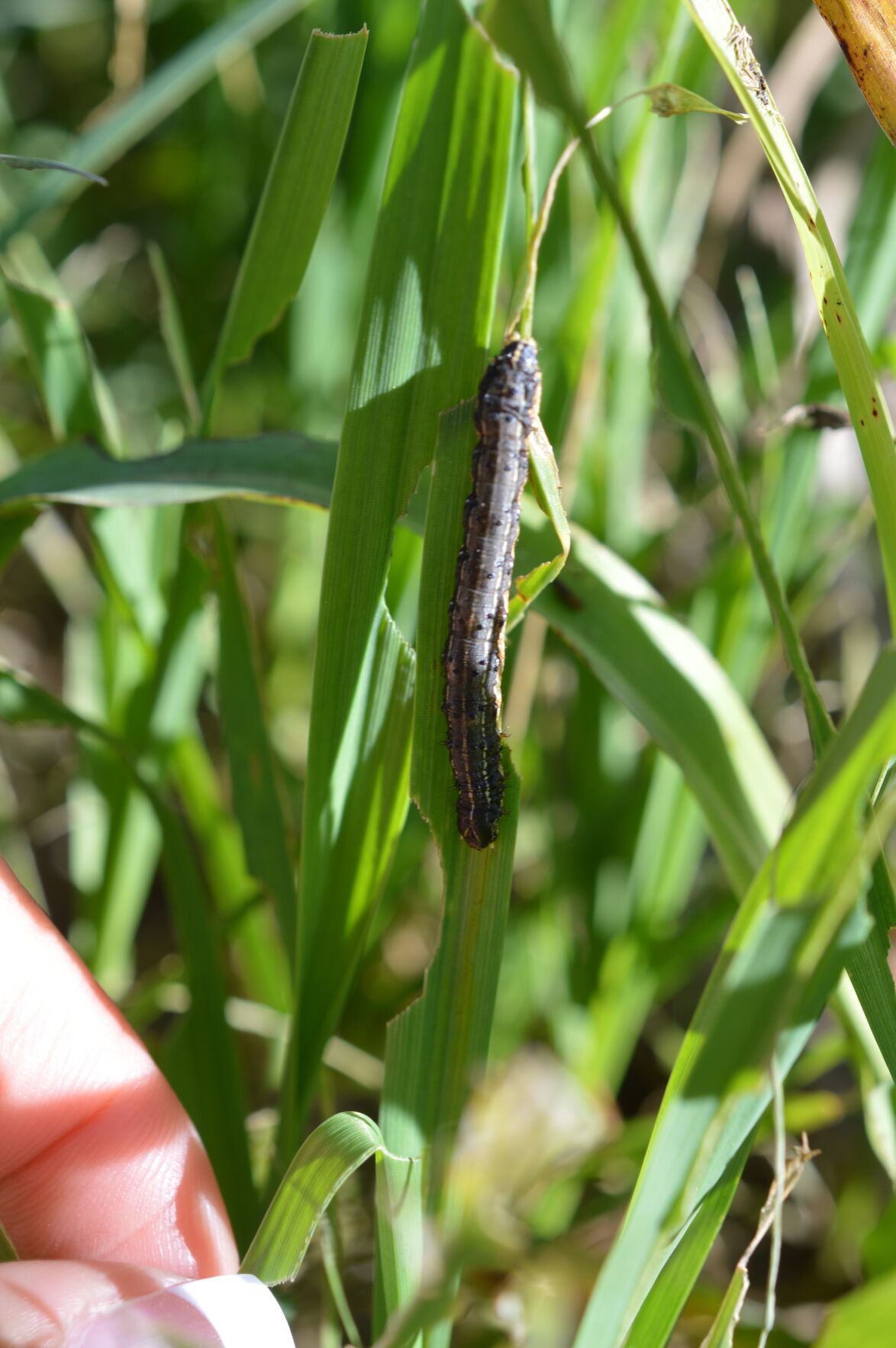Depending on the time of year, army cutworms and armyworms can be a nemesis to farmers. But in late spring, they’d much rather be dealing with the army cutworm.
“In the last week or two, the army cutworm is becoming an adult moth,” said Kansas State University entomologist Jeff Whitworth. “By Memorial Day weekend, those moths get together and head to the Rocky Mountains for the summer.”
Up to this point, Whitworth says, “they’re really just more of a nuisance. The moths don’t hurt (farmer’s crops) right now. They’re a nuisance, and they’re very quick. They’ll hide in your window sill or behind doors and fly through the house.”
The army cutworm is more problematic when it lays its eggs in the fall on anything green, which is usually wheat or alfalfa that time of year. Once the eggs hatch, the larvae feeds on the plants through the winter, hoping to survive and become meddlesome adults by spring.
Armyworms, on the other hand, can’t survive through the winter, and thus will lay their eggs on just about anything green, but prefer such grasses as wheat, brome, lawns, corn, sorghum and others. That leaves those plants particularly susceptible to feeding larvae.
“I have probably received more calls or pictures of armyworms this early in the season than I have for the last 10 years combined,” Whitworth said. “They prefer grasses, and that can be a real problem right now because we’ve had problems with our pastures the last 2 to 3 years. They have been laying their eggs and I suspect that those eggs will be hatching in the next couple weeks.”
Whitworth said farmers should be scouting their fields for young larvae in wheat, early planted corn, sorghum or any other crop they may have in the field right now. If they suspect an infestation, he suggests contacting the local extension agent to help in identification and treatment.




